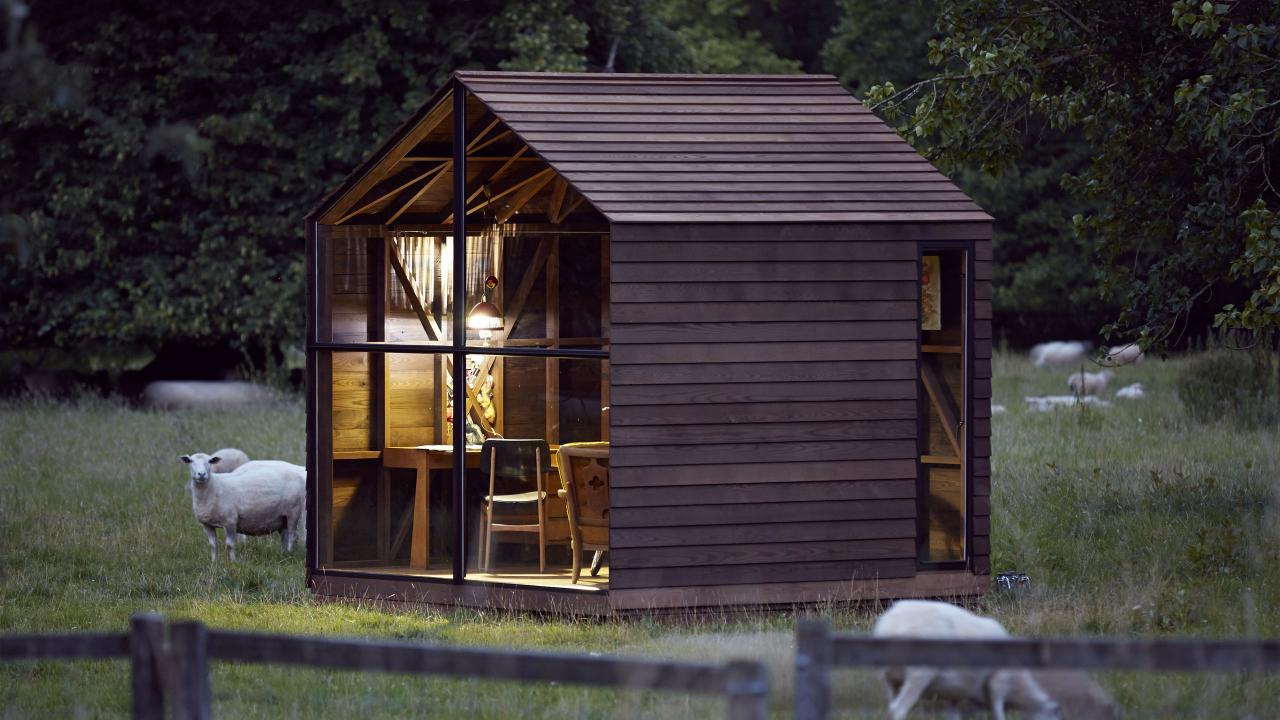ENVIRONMENTAL PROFILE
Unsurprisingly, the large amount of thermally treated American ash used for construction of the shed was a dominant factor in the environmental impact, both positive and negative. On the one hand the energy generated from wood waste during manufacturing and at End of Life offset the majority of carbon emissions. With just a few minor alterations – such as a small reduction in the number of metal fixings used – the shed was to be carbon neutral on a cradle to grave basis. Use of thermally modified ash also meant the shed is highly durable with potential to provide a carbon store for many decades.
On the other hand, the relatively large usage of American ash contributed to more significant acidification and eutrophication impacts during transport. Kiln drying of ash also contributed to relatively high photo-chemical ozone creation potential (POCP). This highlights the importance of durability as a mitigating factor to reduce the need for replacement.

